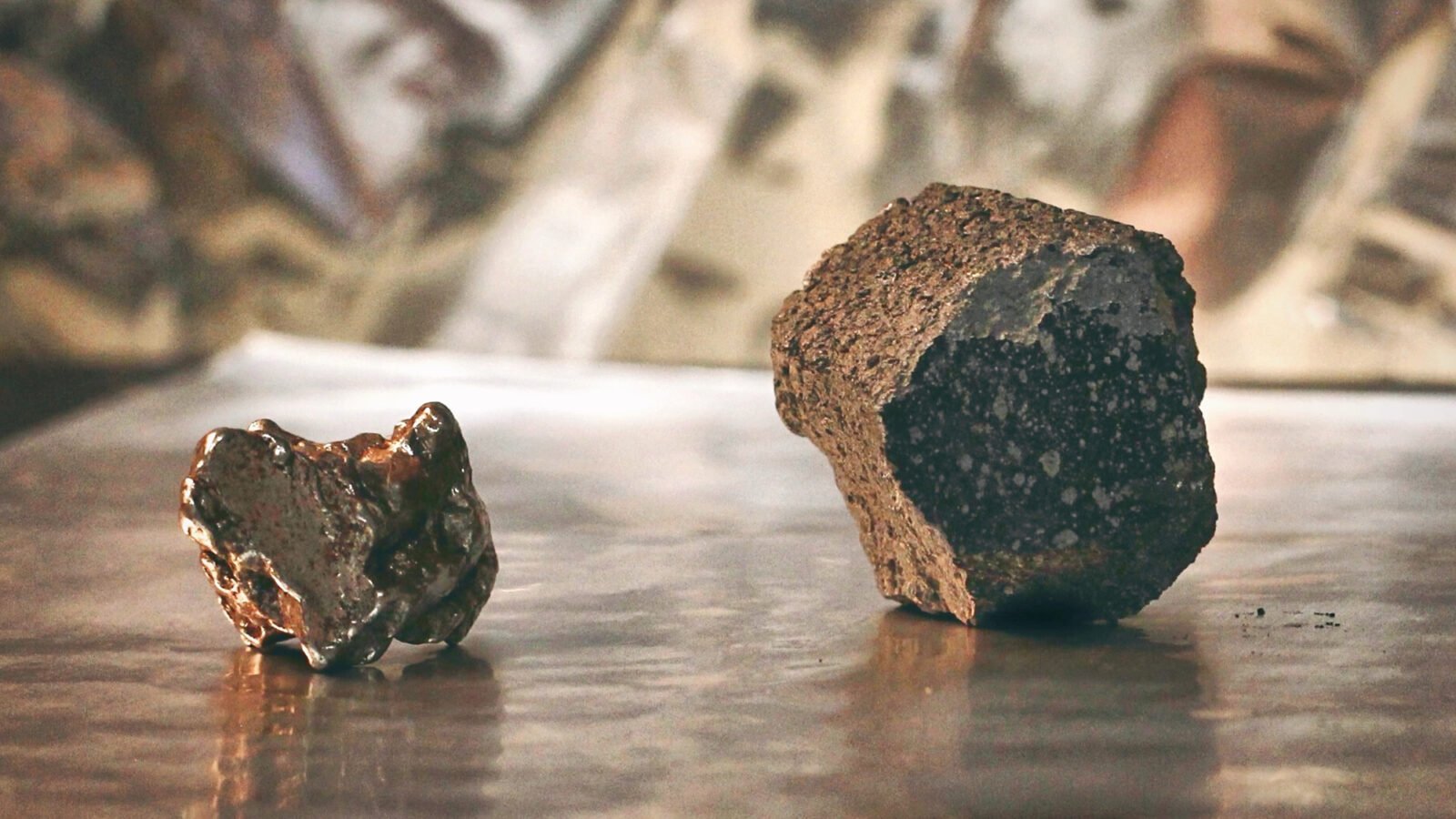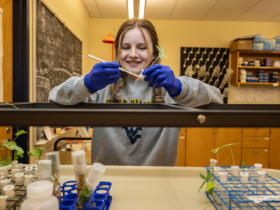One of the most important components for the evolution of life as we know it is the presence of ‘volatiles’: elements and compounds that can easily evaporate at relatively low temperatures. This means that understanding where these volatiles come from, and whether Earth is unusually rich in them, is critical to understanding what makes life possible – and a new studypublished on October 11 in Scientific progresssuggests that most originate in a relatively small portion of the material from which the planet formed.
Planets form from the gradual accretion of smaller pieces of material, known as planetesimals. There are two basic categories of planetesimals: differentiated and undifferentiated. Both start with what Rayssa Martins, the study’s first author, describes as “large chunks of dust and other small rocky bits (often loosely) stuck together.” Undifferentiated planetesimals remain basically that way; differentiated planetesimals, on the other hand, are characterized by having been exposed to enough heat to fuse all their component parts together.
This melting is caused by the radioactive decay of aluminum-26 (Al-26), an unstable isotope of aluminum. As it decays, Al-26 generates so much heat that the material surrounding it actually melts. “During this process,” Martins explains, “many volatile substances are degassed.” Once evaporated, the volatiles simply float into space: “[They are] lost due to the low gravity of these small bodies.”
Fortunately for us, all the Al-26 in our solar system decayed very early, leaving enough undifferentiated material to supply Earth with the volatiles needed to develop life. And once Al-26 is gone, it’s gone. The isotope is formed in the heart of stars that have burned through all their hydrogen and are heading toward their explosive final moments.
This means that the dust is found in star-forming regions, where new stars coalesce from the scattered remains of their dead predecessors – but not in relatively quiet, calm environments like our current solar system. Martins explains: “Al-26 is continuously produced in the galaxy in regions where new stars and planets are forming, but it is not necessarily continuously injected into the same planetary systems throughout their lifetime. It would be very difficult for us if we were hit repeatedly by supernovae.”
Martins and her team’s research investigated the source of Earth’s zinc. They found that although about 70% of Earth’s mass comes from the accretion of differentiated planetesimals, that differentiated material provided only 10% of the planet’s zinc. This suggests that the 30% of the planet does it didn’t The form of differentiated planetesimals is the source of the vast majority of volatile compounds on Earth: “Without this material we would be left with a much more modest volatile pool.”
The question of how lucky this was, and whether Earth is unusually rich in volatiles compared to similar planets in other systems, remains an open question. “There are other factors that play a role in determining how much [differentiated and undifferentiated material] a planet would accrete in a manner other than time (i.e. mixing and migrating material between different heliocentric distances). There is also still debate about whether Al-26 was evenly distributed throughout the solar system, or whether it was more concentrated in some parts and not in others.”
Likewise, Martins says, it’s certainly conceivable that we could find Earth-like planets in other solar systems that could theoretically support life, but formed without the ingredients to do so. “The study highlights that there are many criteria that must be met for habitable planets to form. When we look for life, we typically look for planets that are in the so-called Goldilocks zone, because they are more likely to have been able to retain liquid water on their surfaces. But that assumes there was already water and other volatiles, when in fact a planet can be quite dry from the start. Our research doesn’t really tell us how likely such a scenario is, but it is at least a possibility.”













Leave a Reply